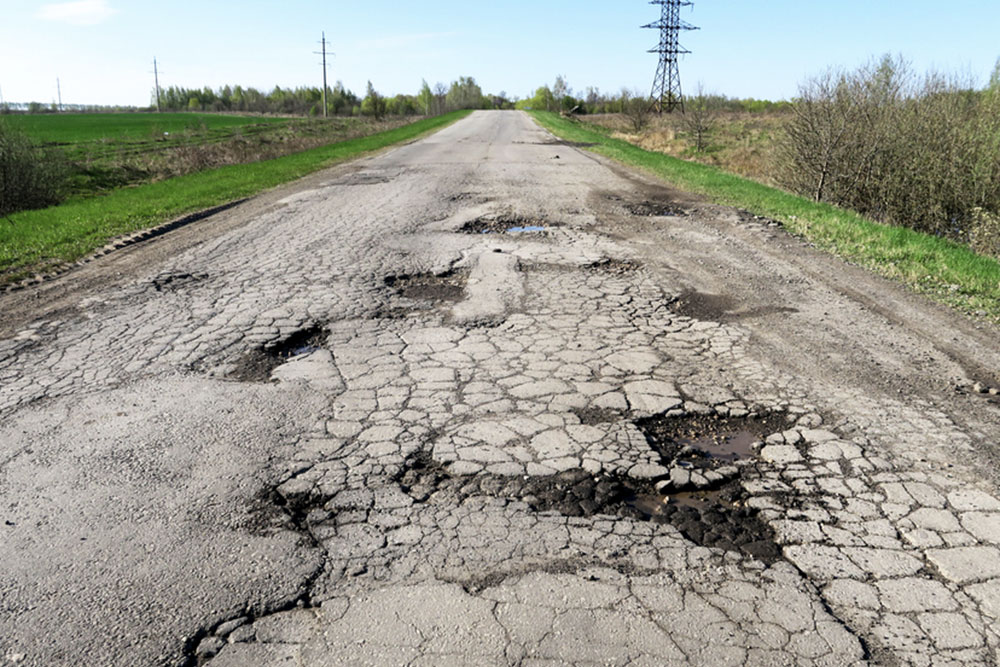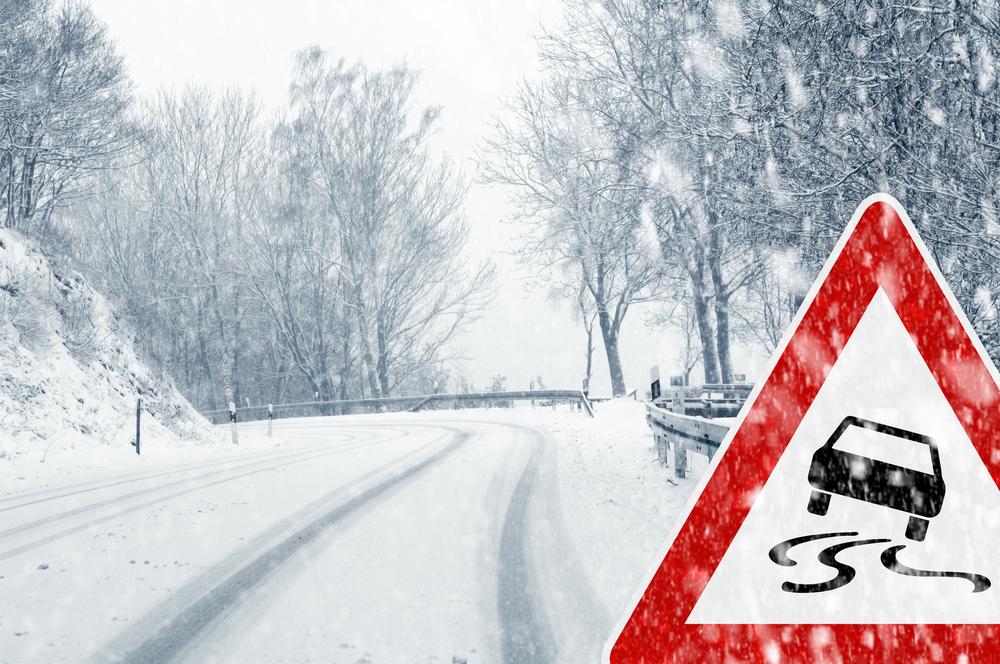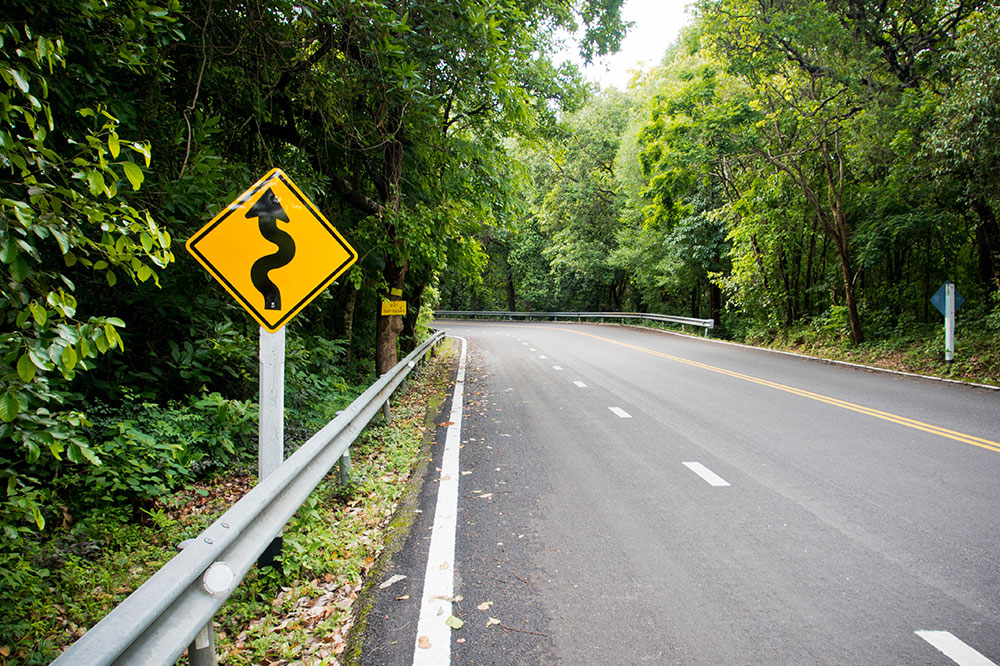Essential Factors Affecting Road Safety and Quality
This comprehensive guide explores key factors influencing road safety and conditions, including weather impacts, construction zones, design flaws, and monitoring tools. It offers practical tips and resources to help drivers navigate safely amidst unpredictable road environments, emphasizing the importance of preparedness, awareness, and technological assistance for safer travel.

Essential Factors Affecting Road Safety and Quality
Whether you're embarking on a long-distance journey or simply commuting to work, understanding the current state of the roads you're traveling on is crucial for ensuring safety and minimizing delays. Road conditions are influenced by a complex interplay of various factors, including weather patterns, ongoing construction activities, and the design and maintenance of infrastructure. Having comprehensive knowledge about these elements allows drivers to make informed decisions, adapt their driving habits, and stay vigilant in unpredictable environments. This extensive guide provides valuable insights, practical tips, and useful resources to help you navigate roads effectively despite ever-changing conditions.
Key Elements That Influence Road Quality and Safety
How Weather Affects Road Conditions
Weather plays a pivotal role in determining road safety. Severe weather conditions such as heavy rainfall, snowstorms, and freezing temperatures can cause significant deterioration and hazards on the roads. For example, heavy rains can lead to pavement erosion, washouts, and landslides, making certain routes impassable. Snowfall creates slippery and icy patches that increase the risk of accidents because vehicles lose traction. Icy roads demand cautious driving with reduced speeds and increased following distances to prevent skidding or collisions. When driving in adverse weather, always activate headlights for visibility, slow down appropriately, and carry essential supplies like salt, sand, or chains for better traction. Being aware of weather forecasts and real-time updates allows drivers to plan their routes or delay travel during severe conditions, significantly enhancing safety.
Impact of Construction Zones and Road Repairs
Maintenance and repair activities are vital for maintaining road quality but often introduce temporary hazards. Construction zones may feature uneven surfaces, loose gravel, debris, and the presence of heavy machinery, all of which can compromise safety if not navigated carefully. Drivers should adhere to posted speed limits, reduce speed when approaching and passing through these zones, and stay alert for workers and machinery. Proper caution minimizes the risk of accidents and protects construction personnel. Additionally, unexpected detours or lane closures can lead to congestion and delays, so planning ahead and checking live traffic updates can help avoid these issues.
Structural Design Flaws and Inherent Road Risks
Some roads inherently pose safety challenges due to poor design and structural shortcomings. Common defects include sharp curves, which reduce visibility and increase the risk of accidents if approached at high speeds. Blind intersections can lead to collisions if drivers are unaware of oncoming traffic. Insufficient lighting in certain areas diminishes visibility at night, raising safety concerns. Congestion points where traffic merges or funnels can cause rear-end collisions. Additionally, inadequate drainage systems can lead to water pooling, which weakens pavement and increases hydroplaning risks. Missing shoulders or obstructions like trees, poles, and barriers can cause accidents and reduce safety margins. Engineers and planners must address these design flaws to enhance overall road safety, but drivers should also stay cautious, especially in unfamiliar areas.
Tools and Resources for Monitoring Road Conditions
Staying informed about current road conditions is critical for safe travel. Several digital platforms and resources provide real-time updates on traffic flow, weather, accidents, and closures, empowering drivers with crucial information before and during their journeys.
Navigation Apps and Digital Platforms
Popular navigation applications like Google Maps and Waze harness GPS technology, user reports, and traffic cameras to offer real-time congestion updates, accident alerts, and route suggestions. Using these tools can help you avoid heavy traffic, road hazards, or closures, ensuring a smoother and safer journey. These platforms also display live weather data and roadwork information, enhancing your situational awareness.
Official Transportation Sites and Authorities
State and regional transportation departments routinely provide current information about road conditions, closures, and construction projects. Websites such as Caltrans or the Michigan Department of Transportation (MDOT) feature traffic maps, live feeds, and alerts that help travelers choose optimal routes and avoid hazardous areas. Subscribing to their notifications can keep you continuously updated on evolving conditions.
Social Media and News Outlets
Platforms like Twitter and Facebook facilitate rapid dissemination of real-time traffic and weather updates from official channels and community members. Local news outlets often broadcast traffic reports, safety advisories, and weather alerts, offering valuable insights for drivers. Following these sources ensures you are well-informed about any incidents or hazards along your planned route, allowing for proactive decision-making.
Effective Strategies for Safe Driving in Changing Conditions
Always check weather forecasts, traffic reports, and live updates before setting out. Adjust your driving according to current conditions, such as reducing speed in rain or fog, increasing following distances in icy conditions, or avoiding travel during severe storms. Ensure your vehicle is well-maintained with fresh tires, functional braking, and proper lighting. Stay attentive, avoid distractions, and be prepared to change your plans if road conditions deteriorate. Prioritize safety by being proactive, informed, and cautious, ensuring a secure journey regardless of the external environment.
Understanding and proactively managing these factors can significantly reduce the risks associated with road travel. From weather-driven hazards to structural issues and ongoing construction, being prepared and vigilant creates a safer environment for all road users. Utilizing technological tools and official resources enhances your ability to respond swiftly to changing conditions, making every trip safer and more efficient.





